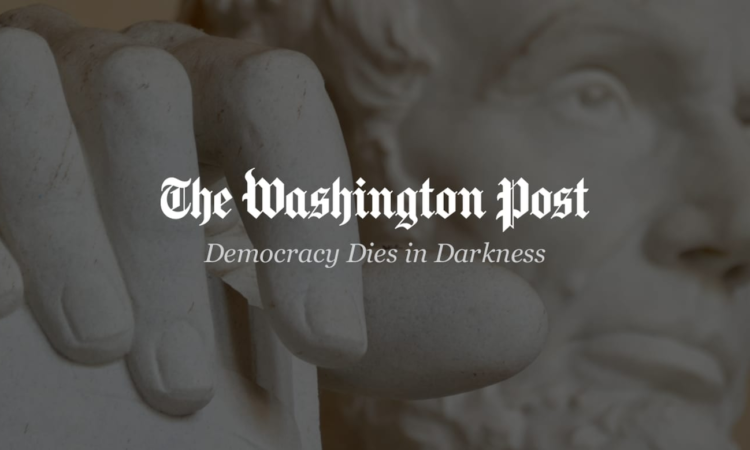
Pension plans that pay incomes tied to retirees’ past salaries have collectively been running a jumbo, bond-heavy investment strategy relying on borrowing to juice returns. The risks there emerged when the UK’s botched autumn budget sent gilts plunging, triggering a vicious circle of forced sales as these defined-benefit pension funds scrambled to cut leverage.
The Bank of England intervened to stem the market mayhem when the supposedly low-risk investment strategy turned out to be anything but.
Meanwhile, DB plans’ concentrated exposure to bonds has seen a withering of domestic support for UK equities in the last two decades. The London stock market has clearly failed to nurture UK growth companies. Chip designer Arm Ltd. is set to list in the US and several companies already quoted in London are planning, considering or under pressure to follow.
Might there be a way of encouraging pension plans to invest more adventurously both for their own benefit and the UK’s more broadly?
The Tony Blair Institute is proposing that most of the UK’s 5,200 DB pension plans move into the UK Pension Protection Fund – a lifeboat currently reserved for the retirees of failing companies. Think of the PPF as a national pension fund that’s been hiding in plain sight. Notwithstanding the idea being promoted by the think tank of a former premier on the other side of the political fence, the government is considering it, the Financial Times reported.
There’s a lot going for the proposal. The prime benefit is that it makes a clean break between the DB pension and its corporate sponsor. This creates scope for investment strategies targeting real returns rather than accounting goals. Corporations have to disclose the difference between the market value of their pension assets and the estimated value of their liabilities. Managing this number in the annual report has come to trump other considerations.
This accounting deficit is useful so long as it’s understood in context. It’s not a financial obligation that requires immediate repayment. And the formula means it varies with bond yields. However, the calculation ignores the fact that assets like equities and infrastructure are likely to outperform bonds in the long-run, which may — although not definitely — make the deficit go away.
Unfortunately, companies have chosen investment strategies aimed at minimizing the volatility of the deficit number. That means investing mainly in fixed income, as the accounting liability moves in tandem. Many DB plans have levered up their bond portfolios in a strategy known as LDI (liability driven investment): That’s how they hope to make returns.
What would happen if the PPF assumed these pension plans? It’s not beholden to shareholders worried about pension deficits. It has the patience to capture the higher returns available from investing in stocks or less liquid private assets like infrastructure.
While the average DB fund has a 70% weighting to fixed income and only 15% to equities, the PPF’s assets are more evenly spread between debt and higher-returning strategies.
The PPF can also afford better investment expertise than any of the UK’s small DB plans could obtain on their own. It makes no sense to have such a fragmented sector with so much duplicate cost.
Of course, companies can, for a fee, pay a life insurer to take on their pension promises today. But the PPF would arguably charge less. It’s a non-profit public body. Plus, it can factor in the ability to earn higher investment returns.
Now consider the broader benefits. Freed of the pension liability, UK corporations would have more resources to invest in their own business. Overall pension fund assets allocated to equities – including UK equities — would rise as the PPF grew. For equity fund managers, it’s probably good news. The PPF outsources much of its fund management.
The controversial element is a proposal to restrict the current pension tax breaks to pension plans with at least £25 billion ($31 billion) of assets, of which 25% should be allocated to the UK. This would incentivize DB funds to consolidate if they didn’t roll into the PPF. It looks like the government would be dictating investment strategy in favor of UK assets — ostensibly worrying.
But it is an incentive, not a coercion. Moreover, the UK would only be asking for something back in return for the tax break. Nor does the idea obviously force a radical change in investment policy — at least not at the PPF. The body would, TBI says, already qualify.
Then there’s the risk that markets perform poorly for a long time and the PPF can’t afford the pension promises it’s taken on. It would have to cut pensions, or get a bailout. The size of the existing implicit taxpayer guarantee on the PPF would grow. Are the overall economic benefits here worth increasing this public backstop? That needs deeper analysis but it’s plausible they are.
Of course, this is bad news for the pension consultancy industry which earns fees from small pensions funds. And for the insurance industry doing pensions buyouts. But if they don’t like it, they can always propose a better idea.
More From Bloomberg Opinion:
• Private Asset Managers, Beware Gilt Crisis Fallout: Chris Hughes
• Hunt and Markets Take Truss on a Welcome U-Turn: Marcus Ashworth
• $1 Trillion Pension Funds Could Be London’s Savior: Chris Hughes
This column does not necessarily reflect the opinion of the editorial board or Bloomberg LP and its owners.
Chris Hughes is a Bloomberg Opinion columnist covering deals. Previously, he worked for Reuters Breakingviews, the Financial Times and the Independent newspaper.
More stories like this are available on bloomberg.com/opinion






